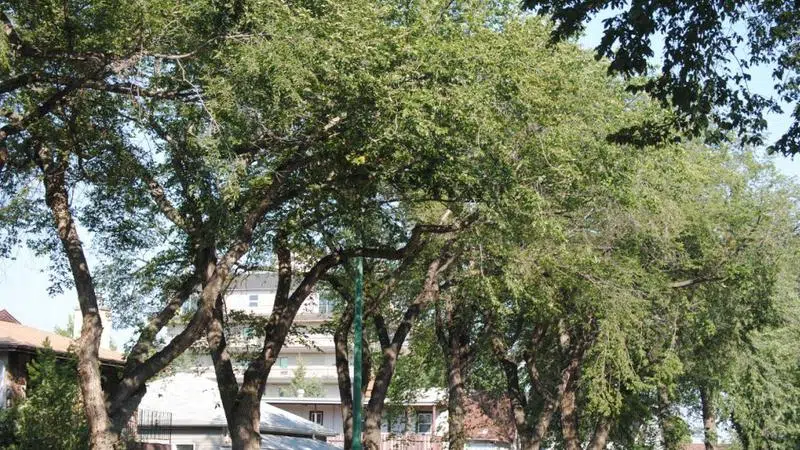
Tree pruning ban coming into force soon
People with elm trees on their property have a limited time to prune them.
Starting April 1 and running until Aug. 31, a province-wide ban on pruning elm trees will come into force. The ban is intended to slow the spread of Dutch elm disease, which has been present in Saskatchewan since the 1980s.
Colin Arndt a forest insect and disease program specialist with the Ministry of Environment explained the government’s reasons for putting the ban in place.


